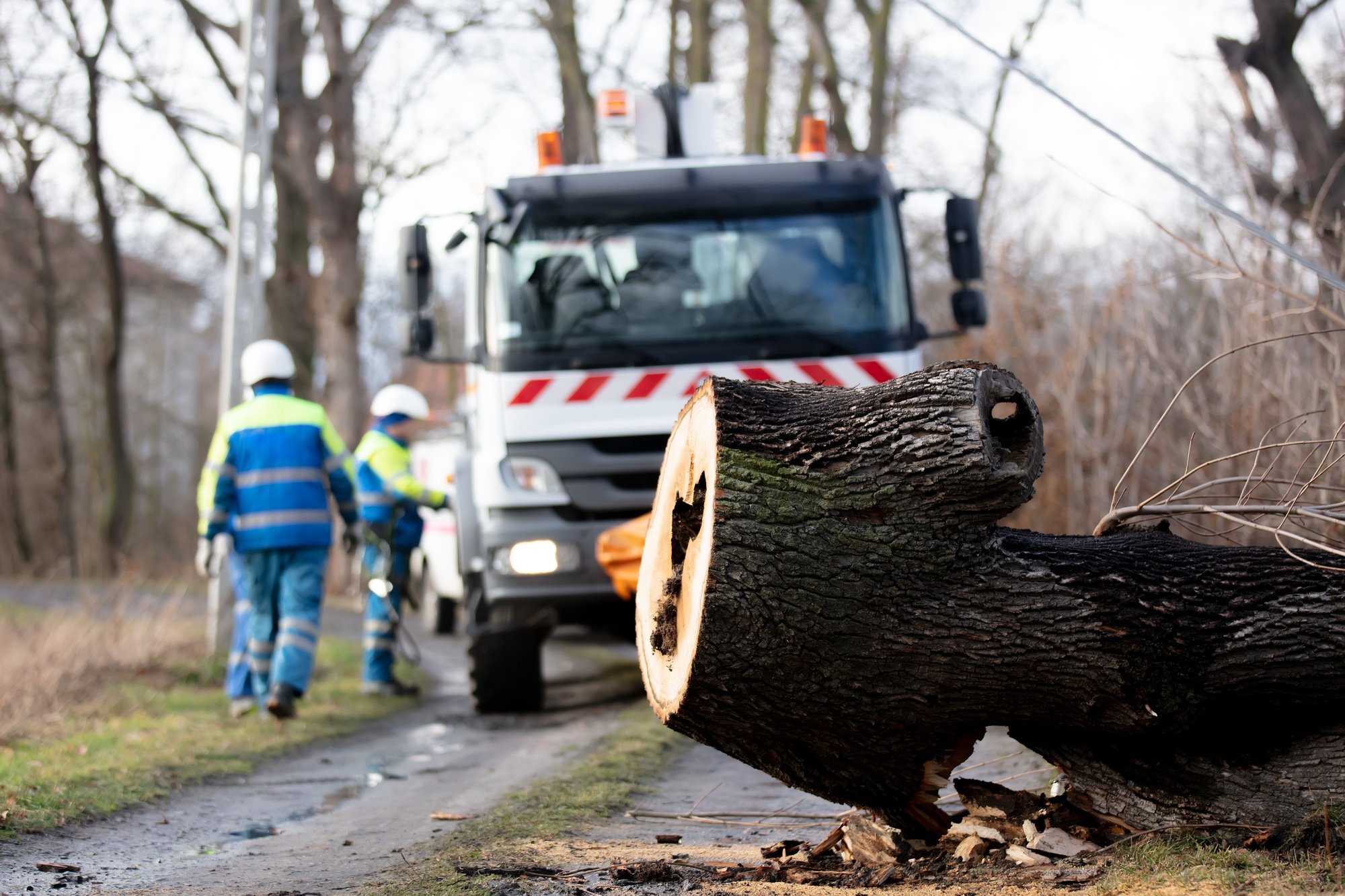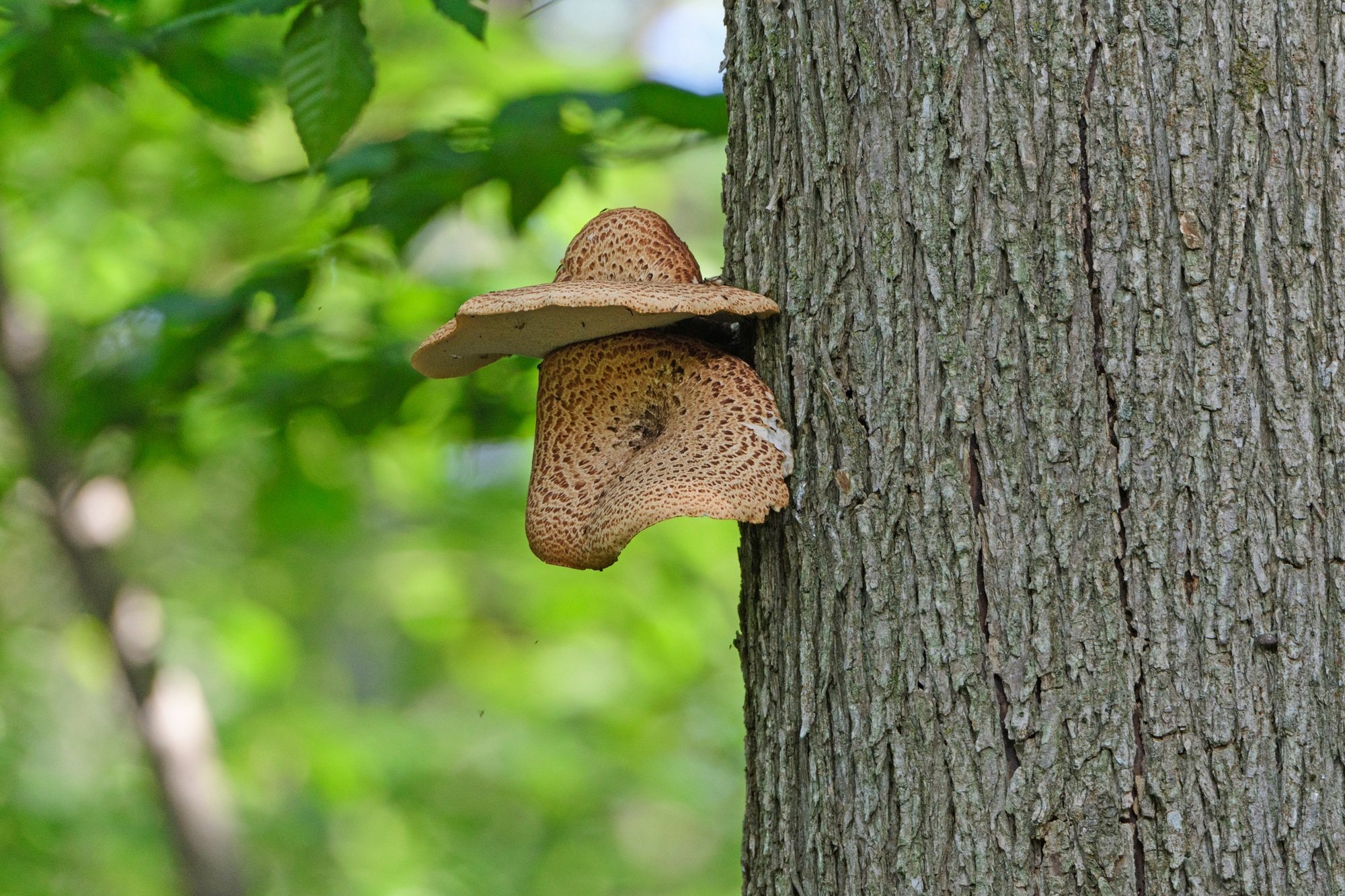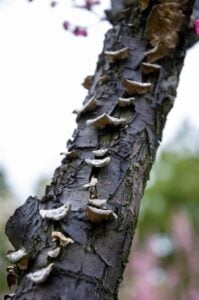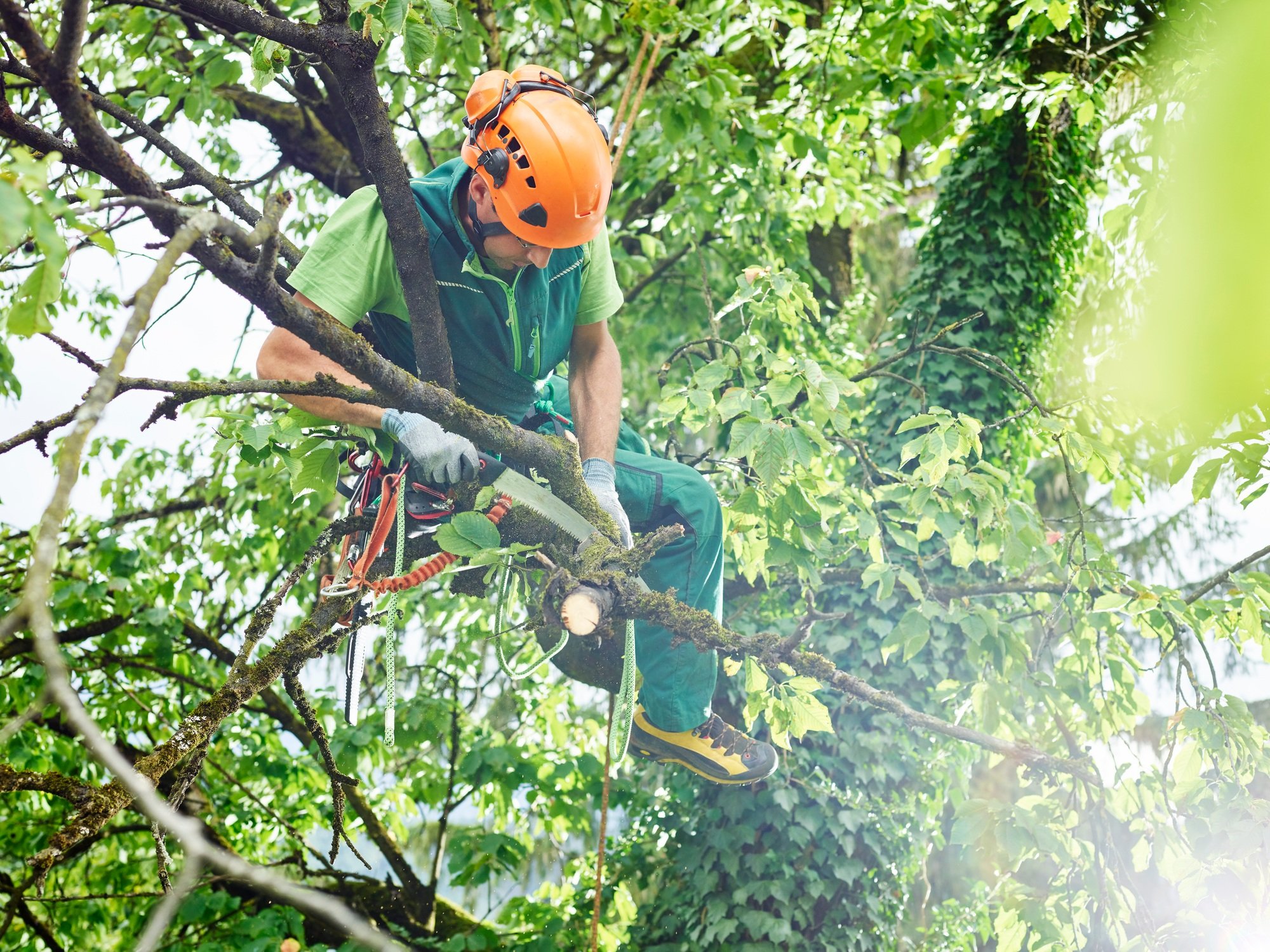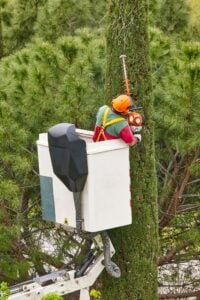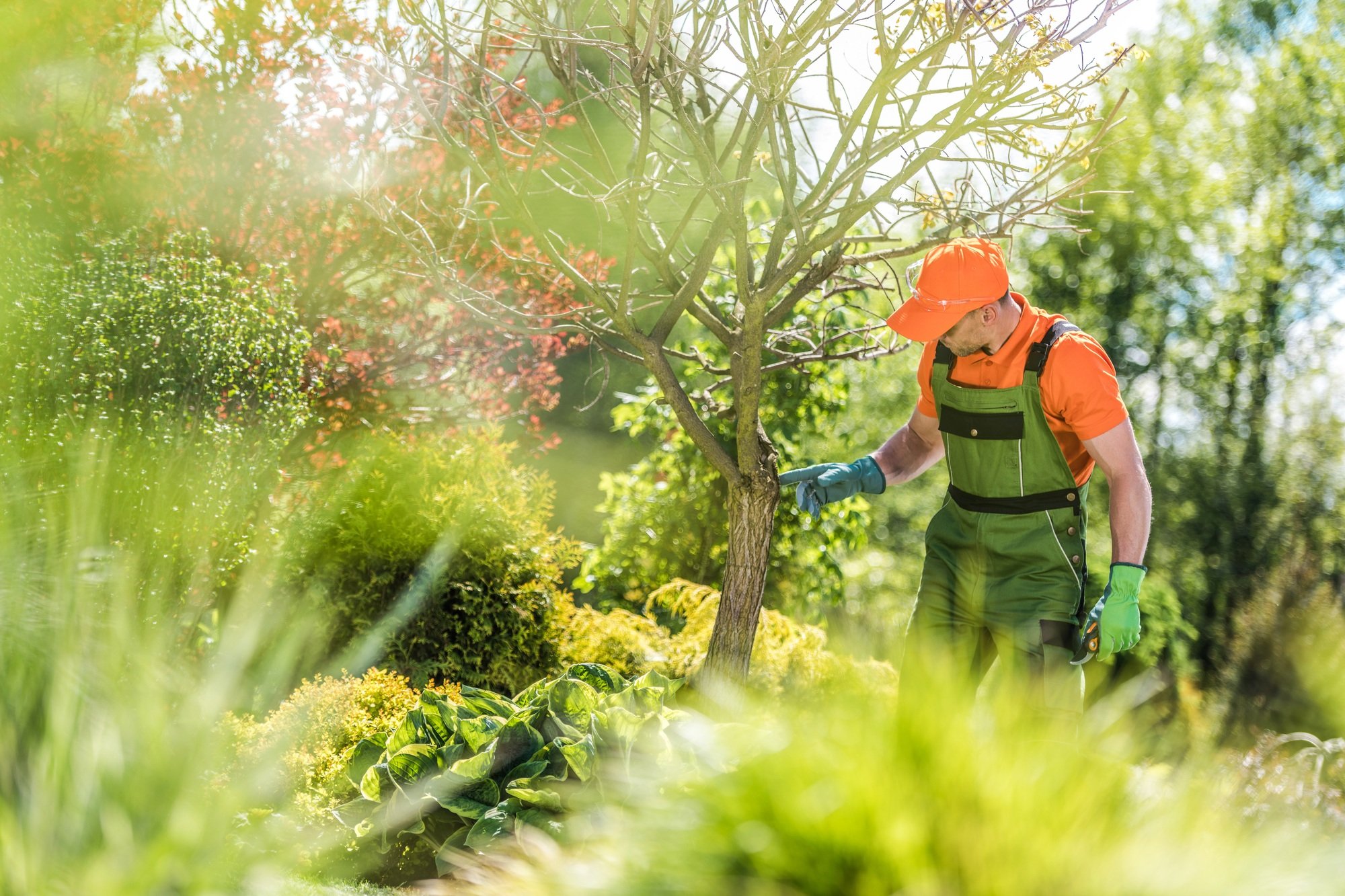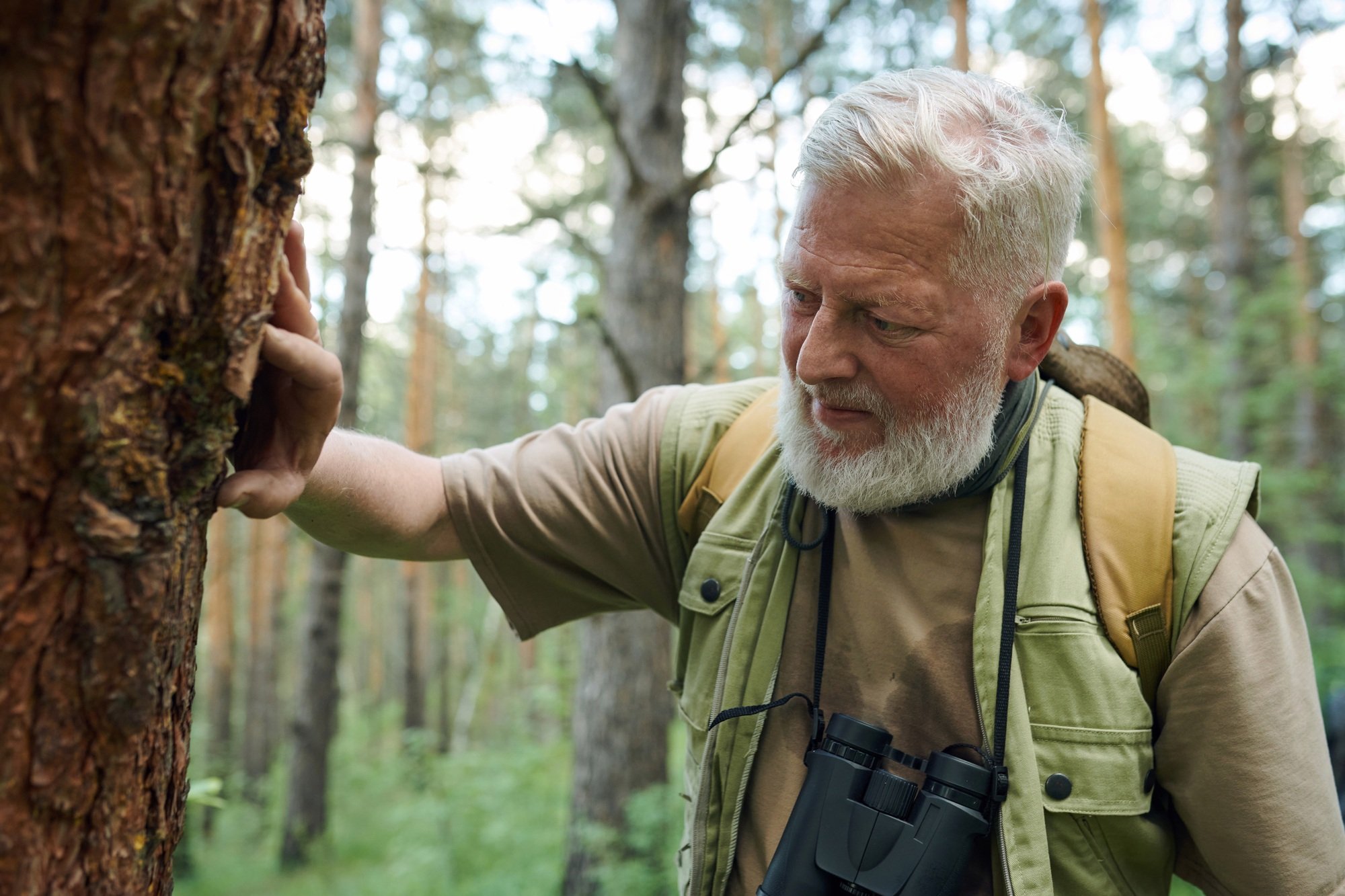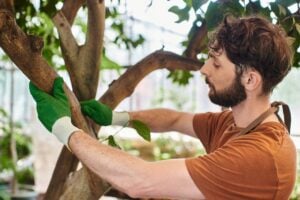Removing a Tree? Discover What Lurks Beneath the Surface
When you decide to remove a tree, it’s easy to think the job is finished once the trunk and branches are gone. But what about the roots hidden below the soil? They don’t just disappear overnight. In fact, what happens to those roots after tree removal can affect your yard, soil stability, and even nearby structures for years. Let’s explore what really happens underground when a tree is taken down.
Do Roots Die Immediately After Tree Removal?
- Not necessarily. When a tree is cut down, its leaves no longer produce energy through photosynthesis. This means the roots lose their main food source. However, depending on the species, size, and health of the tree, the roots may remain alive for months or even years before they finally decay.
Some species, like maples or elms, have aggressive root systems that can continue to send up suckers (small shoots) from the ground in an attempt to survive. These sprouts are the tree’s last effort to regrow, and if not managed, they can create unwanted brush or even small new trees.
How Long Do Roots Stay in the Ground?
Tree roots don’t vanish quickly. Large roots, particularly from mature trees, can take several years to decompose fully. The exact timeline depends on:
Tree species – Hardwoods like oak decompose more slowly than softwoods like pine.
Root size and depth – Thick, deep roots take much longer to break down.
Soil conditions – Moist, warm soil speeds up decay, while compacted or dry soil slows it.
Removal method – Stump grinding removes the visible portion, but many roots remain underground.
Can Old Roots Cause Problems Later?
Yes, and here’s why:
Regrowth in certain species
Roots from trees like poplars, willows, and elms may send up shoots long after removal.
Interference with new plantings
Large roots can block the planting of new trees, shrubs, or gardens in the same area.
Pest attraction
Decaying roots may attract insects, including termites or beetles.
Soil sinking
As roots rot, they leave empty spaces underground, which can cause small depressions in your yard.
What Happens to Roots If the Stump Is Ground?
- Stump grinding is one of the most common methods for removing stumps. While it gets rid of the stump and some surface-level roots, the deeper roots remain in the ground. These roots will eventually die and decompose naturally, enriching the soil.
However, for trees known to send up suckers, you may need follow-up treatments (like herbicide applications) to stop regrowth.
Should You Remove Roots Completely?
In most residential yards, full root removal is unnecessary and often impractical. Digging up an entire root system can be:
- Labor-intensive and costly
- Disruptive to soil structure
- Potentially damaging to nearby landscaping, driveways, or utilities
Instead, arborists typically recommend:
- Stump grinding for immediate aesthetics
- Surface root removal only when they interfere with landscaping plans or hardscape
- Monitoring for any regrowth or soil settling
Tree Removal Is Just the First Step
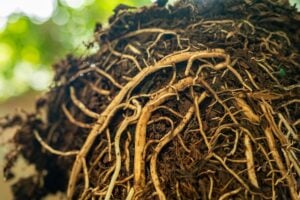
- Taking down a tree may solve immediate safety or space concerns, but the hidden root system will remain part of your yard’s ecosystem for years. Knowing how roots behave, whether they die, sprout, or decompose, helps you avoid surprises and plan your landscaping properly.
To get the most professional and affordable tree removal services, contact American Tree Experts Inc. We are one of the best tree pruning and removal services in Montclair, New Jersey. Contact us today at (973) 774-6091 to book your consultation with our qualified arborists and specialists in New Jersey. With decades of local experience, we understand Montclair’s unique landscape and are committed to preserving the health and safety of your property.

